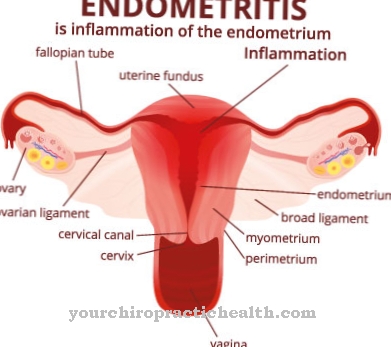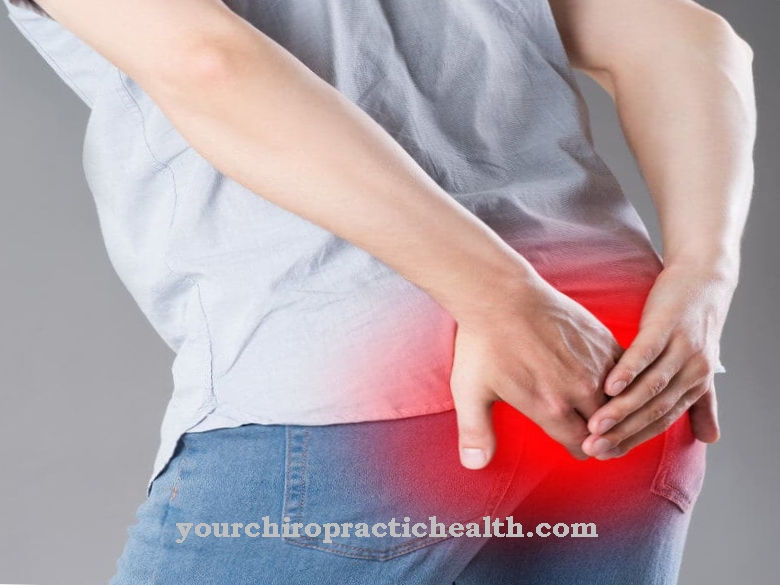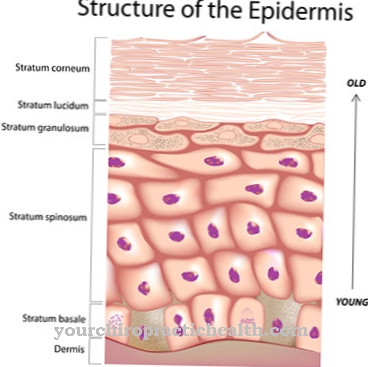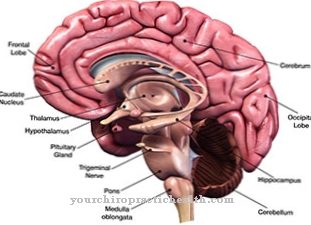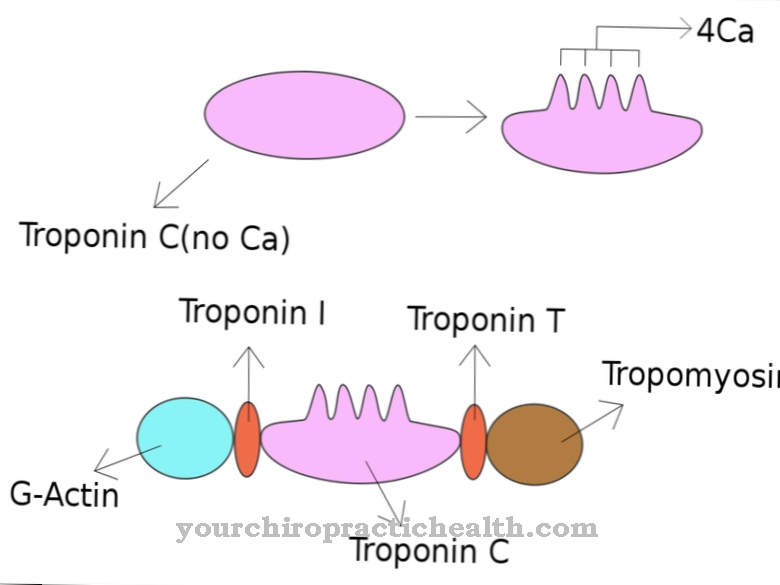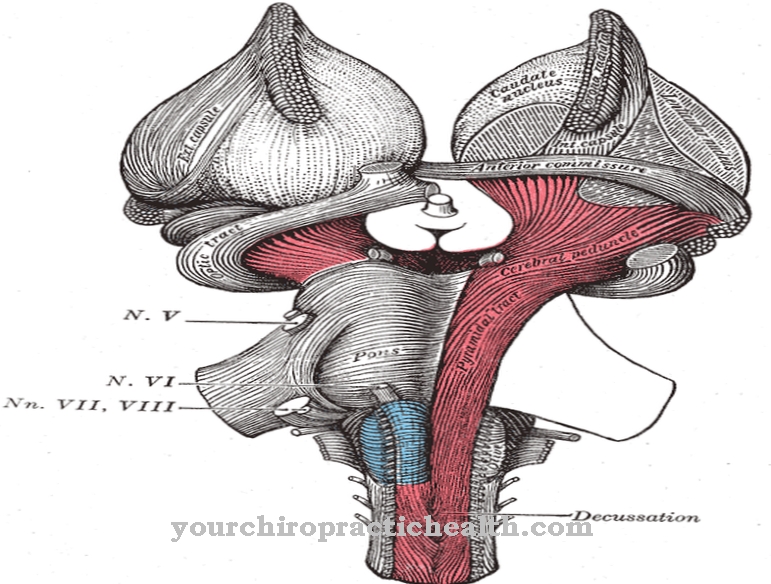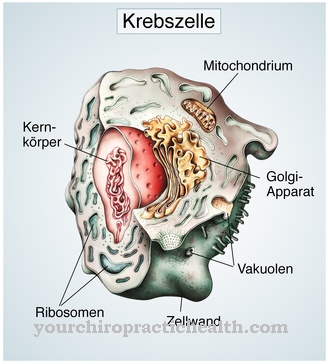The heel is the back protrusion of the foot. It is also called a hoe. This rear area of the foot has to withstand extreme mechanical stress, as the person puts down the heel first when walking.
What is the heel
When a person walks, the heels of his feet always come into contact with the ground first. More precisely, it is the heel bone. It has to withstand the greatest pressure. A natural heel of the human foot. The heel only offers a very small contact surface for the load.
But it has strong tendons that ensure the necessary stability. In addition to the calcaneus bone, the heel consists of the calcaneus tubercle. Without them, humans could not walk upright. It supports the rolling movement and stabilizes the Achilles tendon.
The calcaneus also creates the shape of the heel. Fatty tissue is stored over the calcaneus. The skin stretches over this and forms a small pit on the sides next to the Achilles tendon attachment. At the back, the heel closes through the end of the sole of the foot.
Anatomy & structure
The largest bone in the foot is the calcaneus. Its underside is uneven. The Achilles tendon begins at the back of the heel hump. It is the great tendon of the calf muscles and the strongest tendon in the human body. The Achilles tendon allows very powerful flexions and lateral rotations of the foot.
The calcaneus is also part of the lower ankle joint. There are also bursa on the tendon attachment of the heel. They are located between the tendon and skin and between the tendon and bone. The bursae are small cavities that are filled with liquid. They arise everywhere in the body where there is increased pressure. Bursae serve like small shock absorbers to equalize pressure.
Starting from the heel hump, the tendon plate stretches along the sole of the foot. It is a tendon plate made of connective tissue-like material. Also known as the plantar fascia or sole plate. This plantar fascia expands like a fan.Together with other tendons, strands of the foot muscles and ligaments, it stabilizes the foot with every movement.
Function & tasks
The function of the heel is to allow movement of the foot. It has to withstand the weight of the body. Another important task of the heel is stabilization when standing and the corresponding cushioning of the pressure volume when moving.
Through the heel a person can walk, run, run, jump, and make a number of inward and outward lateral rotations of the foot. How important the heel is for human locomotion only becomes clear when its function is restricted. If it is not possible to step on with the heel, the person needs a walking aid. Walking with only your forefoot is extremely strenuous and cannot be held out for long.
The heel stabilizes standing and enables all extensions of the foot. Even a violent step or force effects from the foot can only be achieved through the functionality of the heel. Since the heel is exposed to a lot of stress, incorrect stresses or overloads due to physical work or sporting activities occur time and again. The right footwear is also an important aspect when it comes to heel health. Not many heel misalignments are congenital, many are acquired.
Illnesses & ailments
A more common condition of the heel is a sore heel spur. The lower heel spur is a bone overgrowth. It is located below the calcaneus bone and mostly looks like an enlarged rose thorn. The size of the spur are often only a few millimeters. The formation of a heel spur is made possible by calcification of the soleplate of the foot.
There is also the variant of the rarer upper heel spur. It is also a bony outgrowth of the heel bone, but in the area of the insertion of the Achilles tendon. Heel spurs are the cause of excessive strain on the heel bone. If it is overloaded, it leads to inflammation and cracks. To heal these very small cracks, the body builds deposits of lime. This creates a spur over a longer period of time.
Overweight and poor footwear as well as foot malformations also support the formation of a spur. Heel spurs can be treated therapeutically through weight reduction, protection and wearing suitable foot insoles. Furthermore, plantar fasciitis is a disease of the heel that occurs in around 10 percent of all running injuries in sports. This heel pain results from excessive stress. There are very fine cracks at the base of the soleplate of the foot and the calcaneus bone, which can trigger inflammatory processes.
Anatomical features of the feet can also lead to these microcracks. Cooling and pain medication are recommended therapeutically. Furthermore, orthopedic insoles and foot bandages help stabilize. Pain can also be triggered by bursitis, a broken heel bone or a dislocated joint.

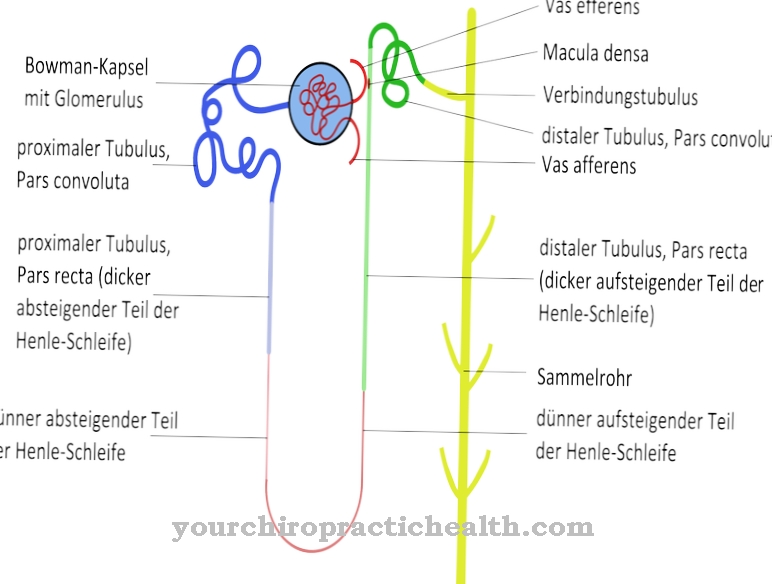
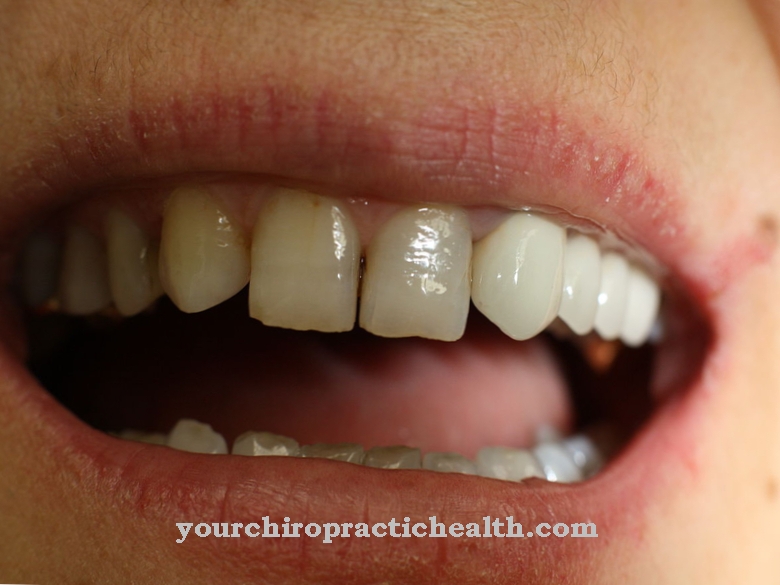
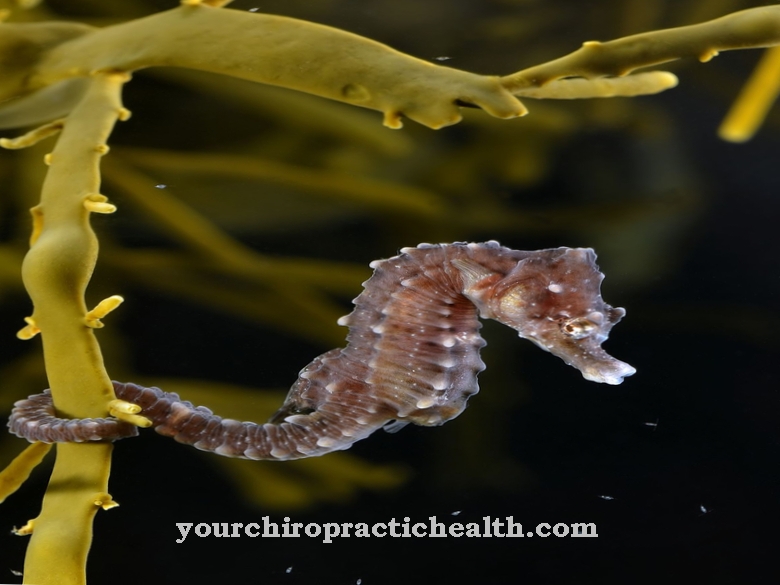
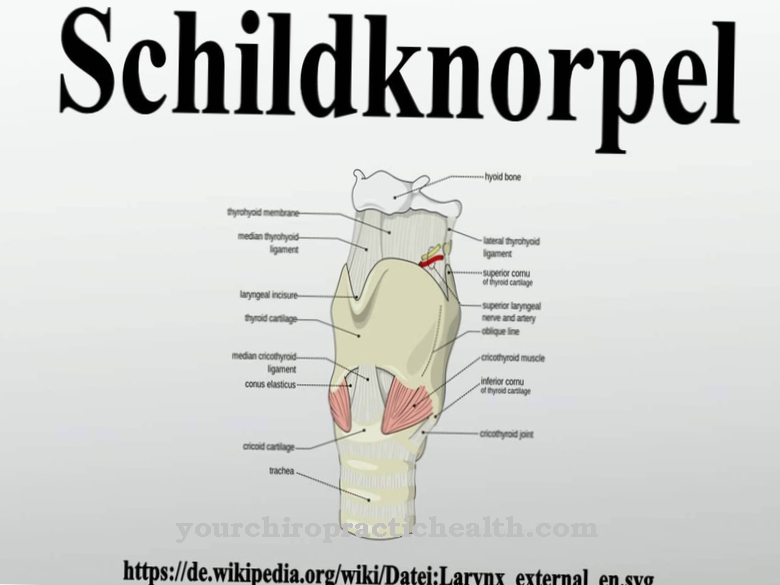




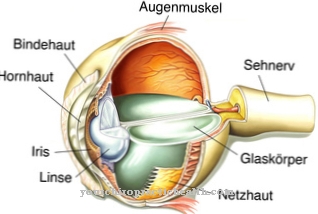
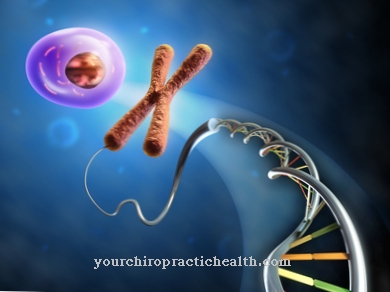
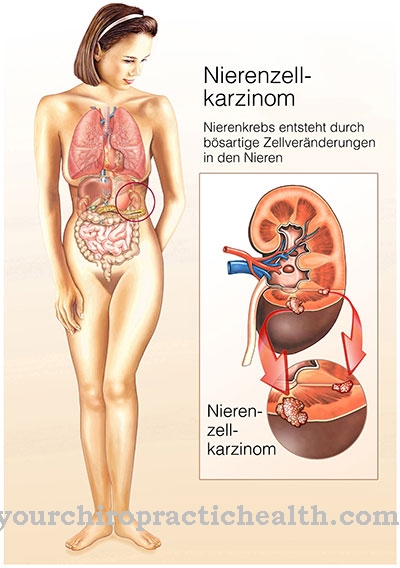
.jpg)

